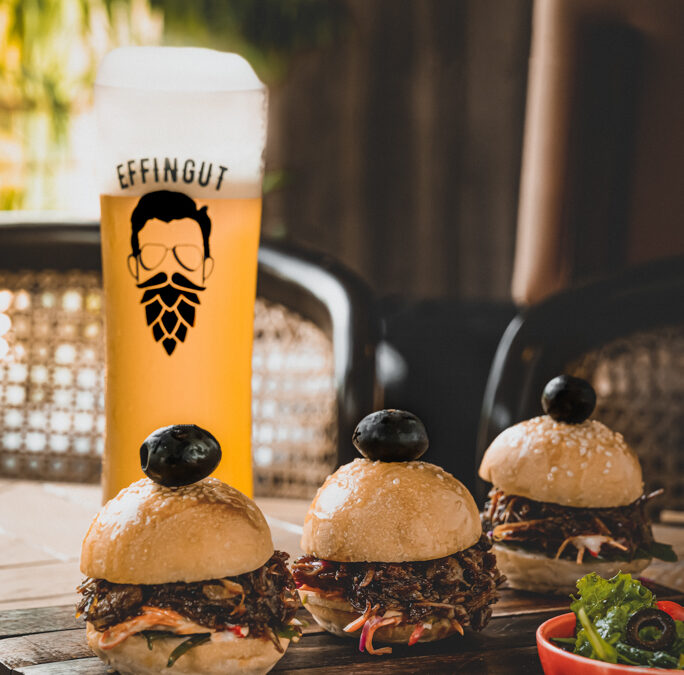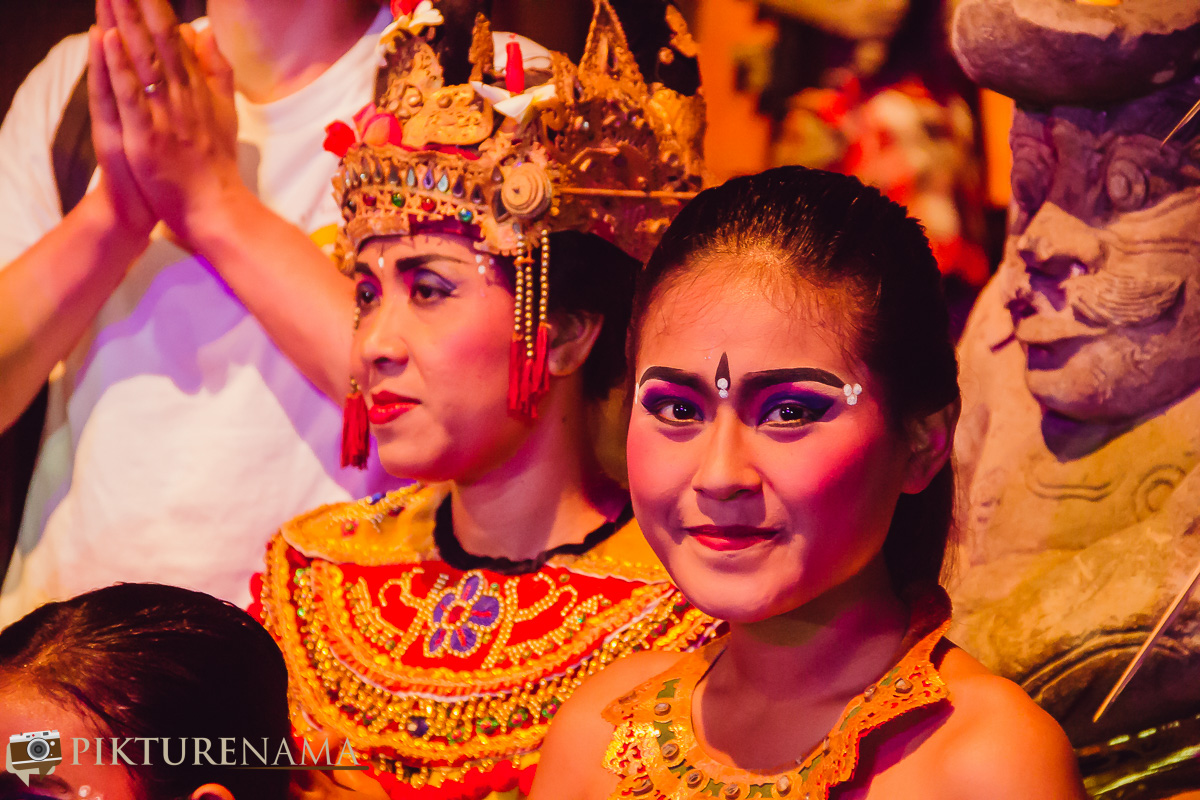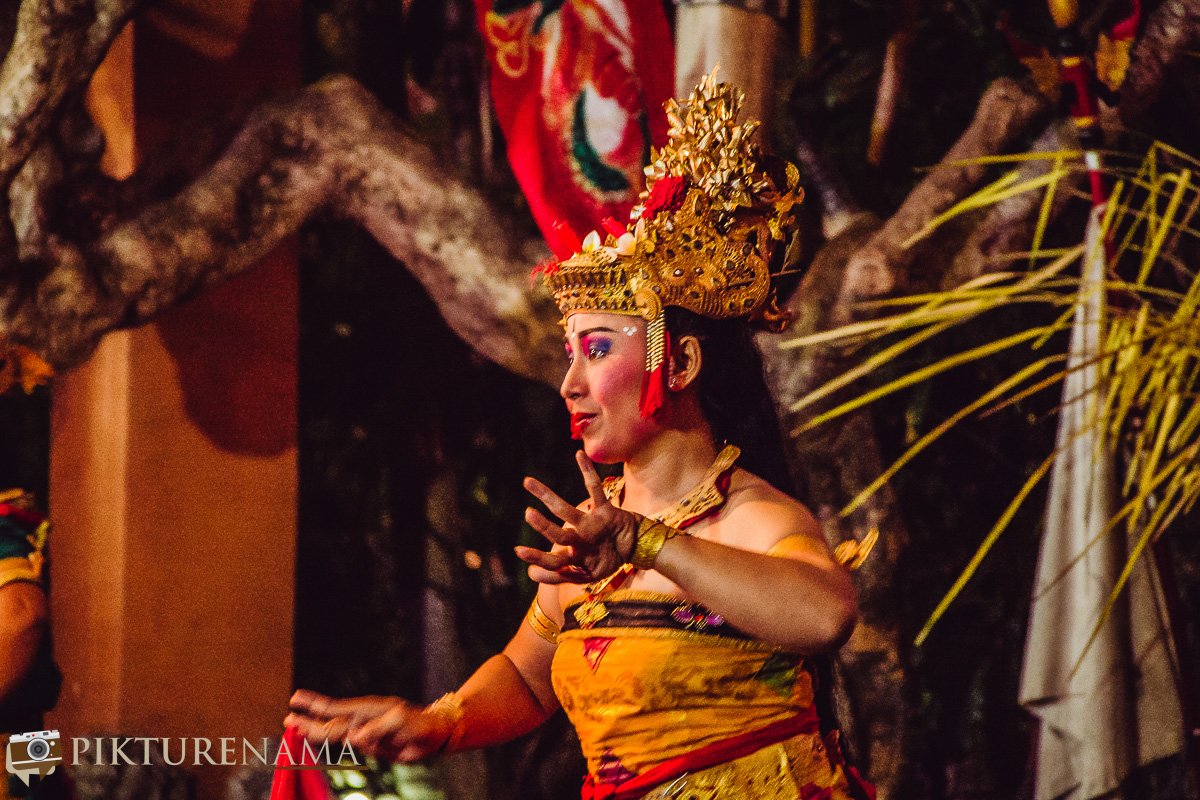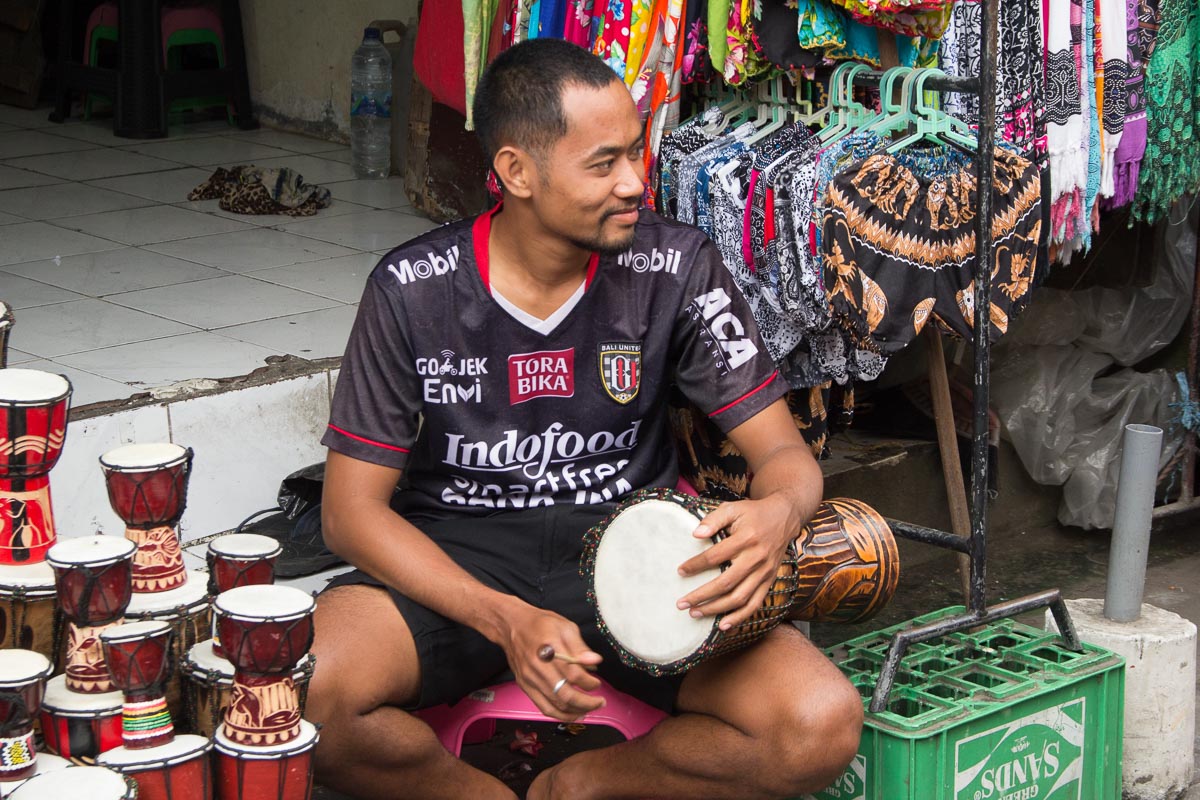Photography is more than simply taking a photograph; it’s a powerful artistic medium capable of
stirring emotions, conveying stories, and making statements. Photography can take many forms:
candid smartphone shots as well as carefully orchestrated shoots featuring lighting, makeup, and
staging equipment; however, good photography always strikes an equilibrium between technical
understanding and creative inspiration.
Mastering the Technicalities: Lighting, Composition, and Focus
Lighting
Photography is all about manipulating light. A well-lit photograph brings life and drama to any
subject or image. Understanding the relationship between natural and artificial lighting sources,
their illumination or absence within an image frame, and how these illuminate or shadow various
parts is fundamental for producing great photographs.
Golden hour photography offers soft, warm light that adds an enchanting quality to images.
Night photography requires understanding extended exposure techniques and employing
additional lighting sources to illuminate scenes.
Composition
Arranging elements within the frame – composition – is another essential aspect of great boudoir photography san antonio. Photographers utilize various composition techniques like the rule of
thirds, leading lines, symmetry patterns, and framing to craft visually engaging and captivating
images. Still, these rules should never be set in stone as sometimes breaking them can yield
unexpectedly stunning results.
Focus
Photography Focus is critical when it comes to taking great images. A successful photograph
often relies on its photographer being able to manipulate focus to highlight subjects, create depth
or add movement; knowing when and how to use selective focus are invaluable skills in any
photographer’s toolkit.
The Creative Impulse: Subject, Perspective, and Timing
Subject
A great photograph requires an engaging subject. This could be someone, something, an object,
or a landscape; even light and shadow can provide plenty of possibilities. What counts is how the
photographer perceives and presents this subject matter in an engaging or thought-provoking
manner.
Perspective
Perspective in photography refers to the angle and distance from which an image is captured,
making an ordinary scene extraordinary. By exploring various viewpoints, photographers can
add unique interpretations to images, making their photos stand out.
Timing
Timing, as defined by celebrated photographer, refers to capturing a fleeting and spontaneous
event. Timing is critical in photography – clicking your shutter at the right moment can capture
moments full of meaning that otherwise would pass unnoticed.
The Photographer’s Eye: An Intangible Element
A photographer’s eye defines good photography – something intangible yet personal that is hard
to explain. This creative ability lies in seeing beauty even in mundane objects or finding
interesting stories in everyday scenes and then capturing those images through photography.
When combined with technical proficiency and creative impulse, this unique vision becomes
what we recognize as good photography.
Conclusion
Good boudoir photography san antonio is an art that marries science with art and knowledge
with intuition. While photography can be taught and practiced, achieving excellence demands
dedication and an unmistakably creative vision – the latter helps freeze time, immortalize
moments, and stir emotions – transforming transient encounters into concrete memories that last.







